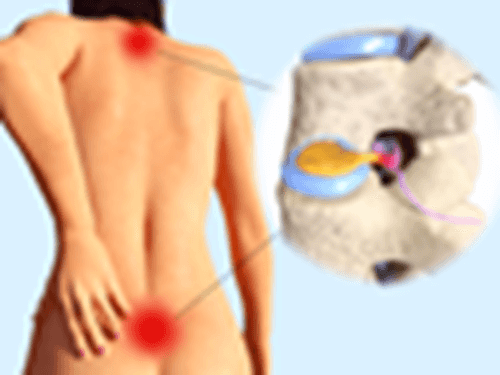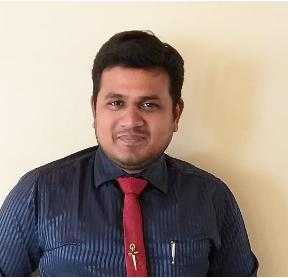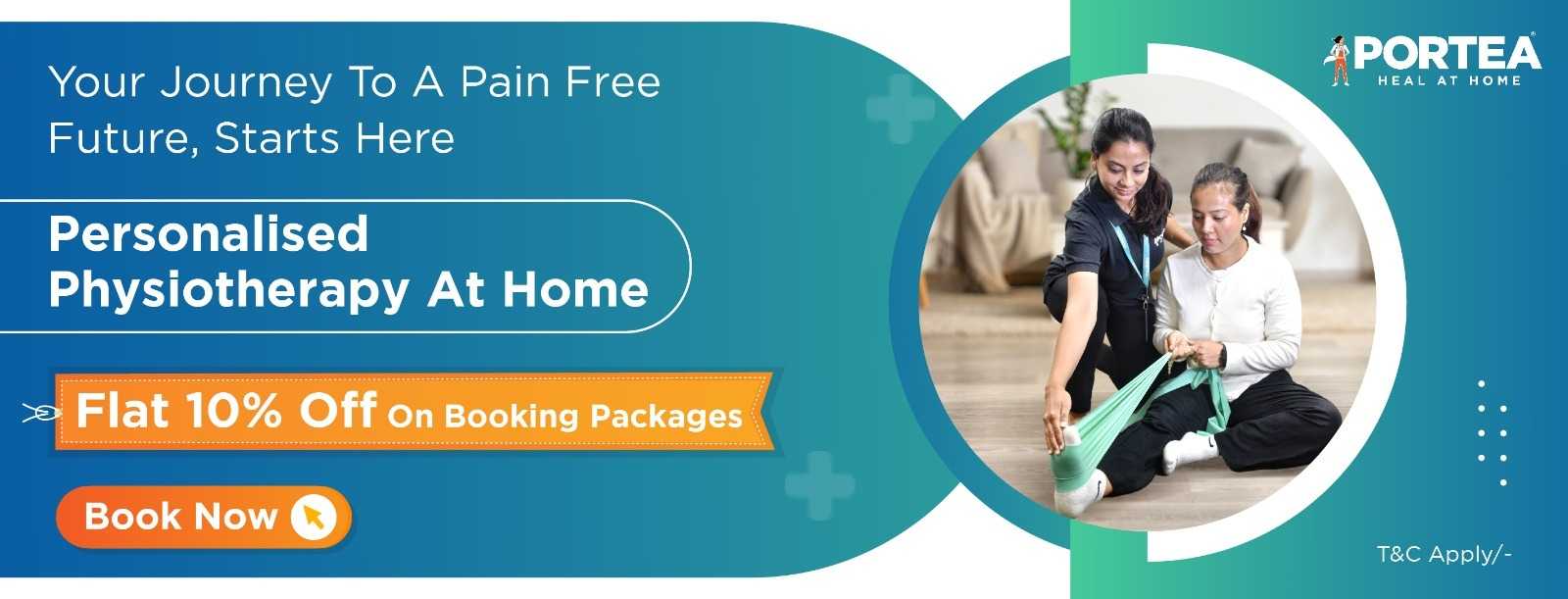
Expert Physiotherapy at Home
Certified physiotherapists visit you at home to provide focused, one-on-one care tailored to your needs. With no travel or waiting rooms, recovery happens in a setting that is comfortable, familiar, and built around your convenience.
Personalised Recovery Programmes
Every treatment plan is designed to suit your condition, goals, and pace. Our physiotherapists follow structured, evolving protocols to ensure consistent progress, with each session aligned to deliver meaningful results.
Trusted Physiotherapists. Real Results.
Our team comprises experienced, background-verified physiotherapists trusted by thousands of families. With a strong focus on safety, reliability, and clinical outcomes, we make recovery at home both effective and reassuring
Patient Testimonials
Portea Physiotherapists for Home Visits
Meet some of our experienced and dedicated healthcare professionals

Dr. Lokesh G
Physiotherapist
Specializations
Experienced in Neurological rehabilitation, Orthopaedic physiotherapy, and Paediatric care
Delivers structured, high-impact treatment plans across neuro, ortho, and paediatrics—ensuring safety, comfort, and measurable recovery at every stage.

Dr. Mohammed Sarwar
Physiotherapist
Specializations
Experienced in Neurological rehabilitation, Adult physiotherapy, and Paediatric care
Combines deep clinical expertise with a compassionate approach, supporting both adults and children through neuro and physical rehabilitation that promotes long-term independence and recovery.

Dr. Nelapati Divya
Physiotherapist
Specializations
Skilled in Orthopaedic rehabilitation, Manual therapy techniques, and Paediatric physiotherapy
Brings a personalised, hands-on approach to healing—combining structural expertise with paediatric sensitivity to restore movement, relieve pain, and improve everyday function.

Dr. Naveen V
Physiotherapist
Specializations
Trained in Pain management, Cardiac and Orthopaedic rehabilitation, Neurological care, and Neural tissue mobilisation
Brings clinical precision and empathy together—designing science-backed recovery protocols for pain relief, nerve mobilisation, and cardio-neuro-ortho rehabilitation across all age groups

Dr. Miloni Savla
Physiotherapist
Specializations
Holds an MPT in Orthopaedics with a focus on Musculoskeletal rehabilitation and strength recovery
Delivers focused, movement-oriented therapy grounded in orthopaedic science—helping patients rebuild strength, restore function, and return to daily life with confidence
Other Cities
Physiotherapy Treatments

what are the common signs and symptoms of a prolapsed intervertebral disc?
The symptoms of PIVD depend on the location of the affected disc and the severity of nerve compression. In most cases, individuals experience persistent lower back pain that worsens with movement, particularly when bending, lifting, or sitting for prolonged periods. Radiating pain, commonly known as sciatica, is also a hallmark symptom when the herniated disc affects the sciatic nerve, leading to sharp, burning pain down one leg. Additionally, patients may experience numbness, tingling sensations, and muscle weakness in the affected region, often making it difficult to walk or perform routine activities. In severe cases where the herniated disc compresses the spinal cord, symptoms may include loss of bowel or bladder control, requiring immediate medical attention.
what are the causes behind a prolapsed intervertebral disc (pivd)?
PIVD is primarily caused by degenerative changes in the intervertebral discs due to aging. As individuals grow older, the discs lose hydration and elasticity, making them more susceptible to wear and tear. Repetitive strain and excessive pressure on the spine, such as heavy lifting, prolonged sitting, poor posture, or sudden trauma, can contribute to disc herniation. Obesity is another significant factor, as excess weight increases stress on the spine, accelerating disc degeneration. Additionally, weak spinal muscles and a sedentary lifestyle can reduce spinal support, making the discs more prone to injury. Genetic predisposition may also play a role, with some individuals having a higher likelihood of developing disc-related conditions.
what are the risk factors for developing a slipped disc?
Several factors increase the risk of developing PIVD. Aging is one of the most common risk factors, as disc degeneration is a natural part of the aging process. Individuals who engage in physically demanding jobs that involve repetitive bending, lifting, or twisting motions are at higher risk. Poor posture, especially in individuals who spend long hours sitting at desks or using electronic devices, contributes to excessive spinal strain. Being overweight further exacerbates spinal pressure, increasing the likelihood of disc prolapse. Additionally, smoking has been linked to reduced blood supply to the discs, accelerating degeneration and making them more vulnerable to herniation. A sedentary lifestyle, lack of core strength, and improper lifting techniques also significantly contribute to PIVD development.
how to prevent prolapsed intervertebral disc (pivd)
Preventing PIVD involves adopting healthy lifestyle habits to support spinal health and minimize stress on the discs. Regular exercise, particularly core-strengthening activities, helps stabilize the spine and reduce the risk of disc herniation. Maintaining proper posture while sitting, standing, and lifting heavy objects is essential in preventing unnecessary strain on the spine. Ergonomic workstations, with supportive chairs and correct desk height, can help reduce spinal pressure for individuals with desk jobs. Weight management is another crucial factor, as excessive weight places additional strain on the spine, increasing the risk of disc problems. Quitting smoking, staying hydrated, and incorporating stretching exercises to improve flexibility can also contribute to overall spinal well-being.
what are the diagnosis and treatment options for prolapsed intervertebral disc (pivd)?
Diagnosing PIVD typically begins with a thorough medical history and physical examination to assess symptoms, pain levels, and functional limitations. Imaging tests such as MRI (Magnetic Resonance Imaging) or CT scans are commonly used to confirm disc herniation and determine the severity of nerve compression. Treatment options vary based on the severity of the condition. Mild to moderate cases can often be managed with conservative treatment, including pain medications, anti-inflammatory drugs, and muscle relaxants to alleviate discomfort. Physiotherapy plays a significant role in recovery by improving flexibility, strengthening muscles, and promoting proper posture. In cases where conservative treatment does not provide relief, minimally invasive procedures such as epidural steroid injections or surgery, including microdiscectomy or laminectomy, may be considered to remove the herniated portion of the disc and relieve nerve compression.
how does physiotherapy help in managing a prolapsed intervertebral disc?
Physiotherapy is an effective approach to managing PIVD, helping to reduce pain, improve mobility, and prevent future occurrences. A structured physiotherapy program includes spinal mobilization techniques to relieve pressure on the affected nerves, core stabilization exercises to strengthen muscles supporting the spine, and targeted stretching routines to enhance flexibility and reduce stiffness. Traction therapy may be used to create space between the vertebrae, alleviating pressure on the herniated disc. Postural correction exercises help retrain the body to maintain proper alignment and minimize strain on the spine. Additionally, physiotherapy helps restore functional movement, allowing individuals to return to their daily activities with reduced pain and improved strength.
what home-based physiotherapy services does portea provide for pivd?
At Portea, we understand the challenges of living with Prolapsed Intervertebral Disc (PIVD). Our home-based physiotherapy services are tailored to the specific needs of each individual, providing personalized care to help them regain mobility and independence in a safe and supportive environment. We also specialize in providing expert physiotherapy services for post-surgical rehab, arthritis, neuro-rehab, sports injury, orthopedic physiotherapy, physiotherapy for elderly, for respiratory disorders, and more – all delivered conveniently at your home. Our dedicated team ensures you receive the personalized care you need for a smooth and successful recovery.
faqs
1. Can PIVD heal on its own without surgery?
Yes, in many cases, mild to moderate PIVD can heal with rest, medications, and physiotherapy. Conservative treatments often help manage symptoms effectively without the need for surgery.
2. How long does recovery from PIVD typically take?
Recovery time varies by severity but typically takes 6 to 12 weeks with consistent physiotherapy and activity modification. Severe cases may take longer or require surgical intervention.
3. What activities should I avoid with a herniated disc?
Avoid heavy lifting, bending, prolonged sitting, high-impact sports, and twisting motions. These activities can aggravate symptoms and slow down healing. Follow your physiotherapist’s guidance for activity levels.
4. Is physiotherapy safe for severe disc prolapse?
Yes, physiotherapy is generally safe and beneficial even for severe cases when tailored appropriately. A professional will customize your plan to avoid worsening nerve compression or pain.
5. Can weight loss help improve PIVD symptoms?
Yes, reducing excess weight can significantly relieve pressure on spinal discs, ease pain, and improve mobility. Weight management combined with physiotherapy is highly effective in long-term PIVD care.
Doctor Consultation
Nursing
Physiotherapy
Trained Attendant
Elder Care
Mother & Baby Care
Lab Tests
Medical Equipment
Speciality Pharma
Critical Care





